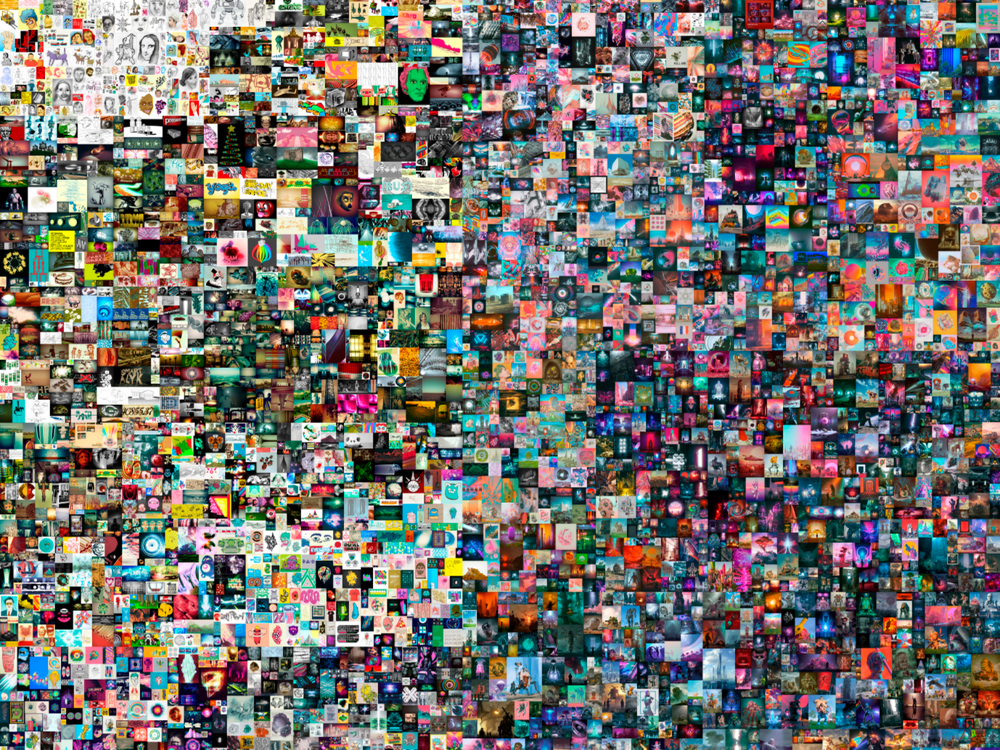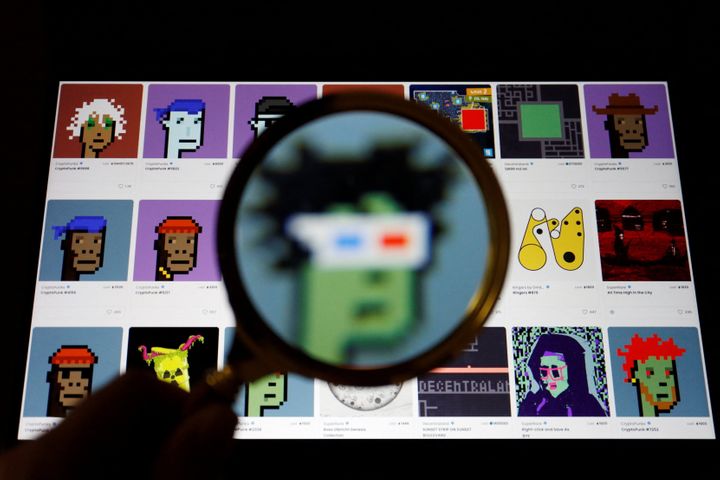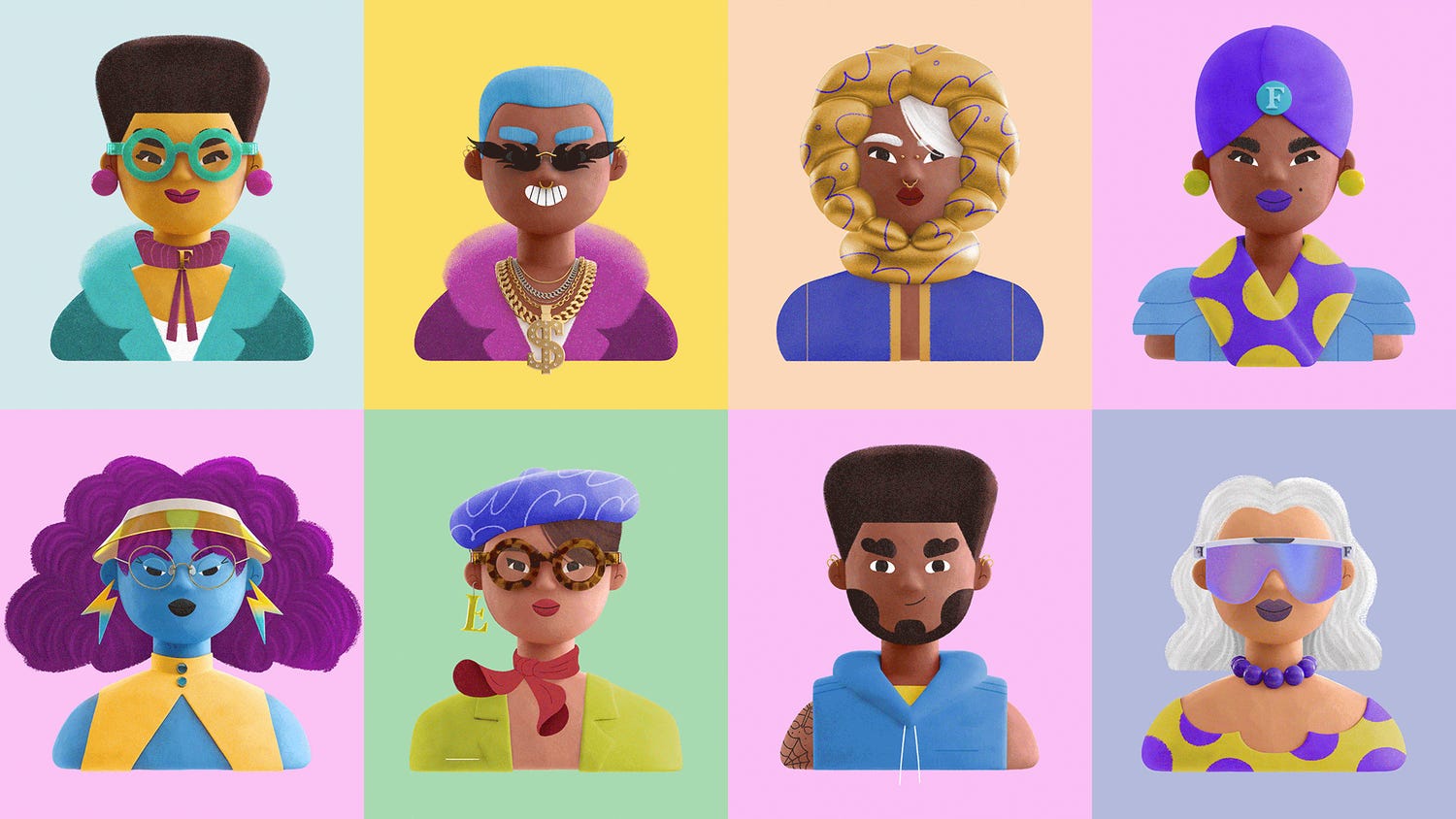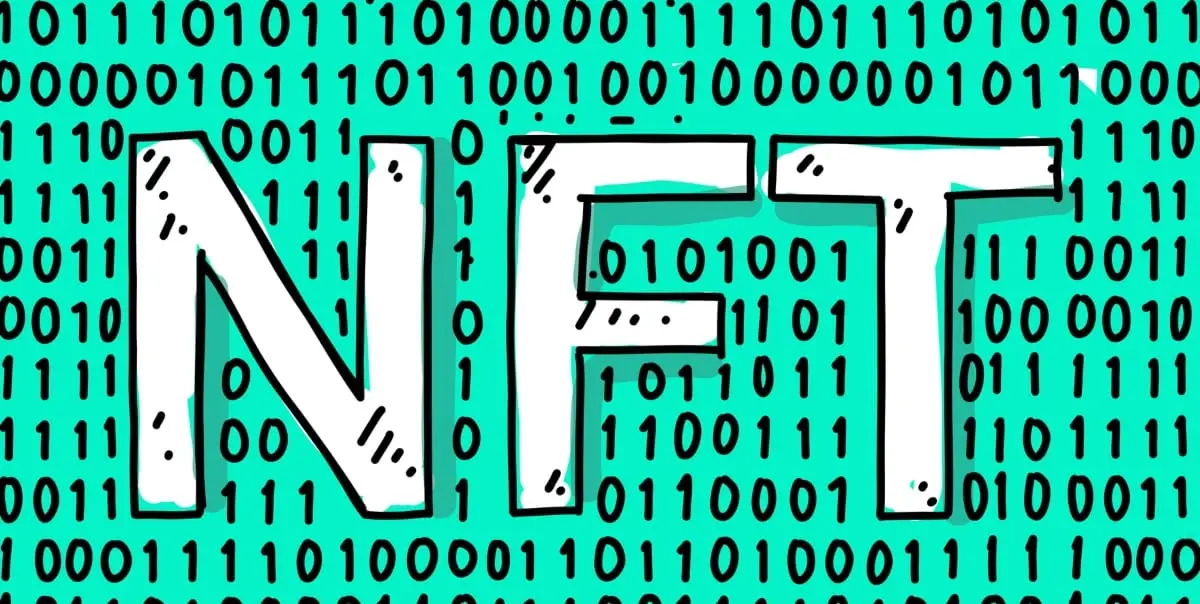By Polina Pallieraki,
The term NFT has been in the news quite a bit lately, most often followed by some outrageous sum of money accompanying the news of the sale of one of these unique digital objects. In March 2021, the phenomenon of NFT (Non-Fungible Tokens) appeared for the first time, enabling intangible digital works of art to be sold as unique and therefore valuable objects. Anything that can be converted into digital form can be an NFT. Books, videos, GIFs, music, selfies, and even tweets are potential NFTs, which can then be traded online using cryptocurrencies. An example is the sale of Mike Winkelmann’s work Beeple’s Everyday – The first 5,000 days, by the world-famous auction house Christie’s, which was sold for $69.3 million. A mosaic of 5,000 digital images, which the artist created daily — one per day — over the past 13 years, with the final sale of the work marking the third highest auction price achieved by a living artist.

In contrast to real money or cryptocurrencies, which are considered “tradable”, i.e. they can be used to buy products and services having a specific value, Non-Fungible Tokens (NFTs) are unique. In particular, each has unique identification codes that distinguish it from the rest, a digital signature that is not exchanged. The owner of an NFT can therefore verify its ownership using this digital signature. One of the many advantages of investing in digital “assets” of this type, as opposed to an actual, tangible, classic collectible, is the information that comes with an NFT and makes it completely distinguishable from any other NFT, which helps very much in verifying its originator and limiting the possibility of fraud.

The sweeping success of NFTs in the arts has created misconceptions about their nature. Many people think that this is a new form of art, but this is not the case. It is, as mentioned above, a kind of digital signature of the artist that acts as a certificate of authenticity and legal ownership of the work in question. Of course, digital works of art can continue to be reproduced like any digital work, but ownership is what makes them unique. In a way, crypto-art is becoming a way both to put digital art, which suffers from pirated copies and reproductions, on the collector’s map, and to introduce traditional art forms into the digital world. Their main difference from classic cryptocurrencies is that direct exchanges and transactions cannot be carried out. An easy example to understand their nature is concert tickets. Each ticket has specific information written on it, such as the name of the creator/company, the name of the owner/buyer, the date of the concert, and the venue.
In this process of the disappearance of material works of art, the collecting obsession that has intensified in this period of unrestrained materialism stands in the way. With NFTs, it is certain that it is not possible to create an intimacy-addiction relationship between the object and the buyer because the object has no material existence. This is not a problem however for the new generation as luckily for them, they seem to be increasingly detached from the need to acquire physical objects, with the exception of smartphones of course.

It is clear, however, that NFTs are – until now at least – an expensive sport for a few elite players. The tradition they now establish will continue in perpetuity, as long as there are very rich people who are able to spend a few million on a work of art without much thought. The upside of all this, one might say, is that the image cannot wear out with playback, the way music tapes once wore out. But let us not forget that there are not a few times when hard drives do not open, websites crash, and people forget passwords. So, there is an end even to “immortal” works. But if NFTs are not immortal either, what will this immaterial digital age leave for the archaeologists of the future?
References
-
Entirely Digital Artwork Sells for Record-Breaking $69 Million, smithsonianmag.com, Available here
- Sublimation in art, psychologytoday.com, Available here




